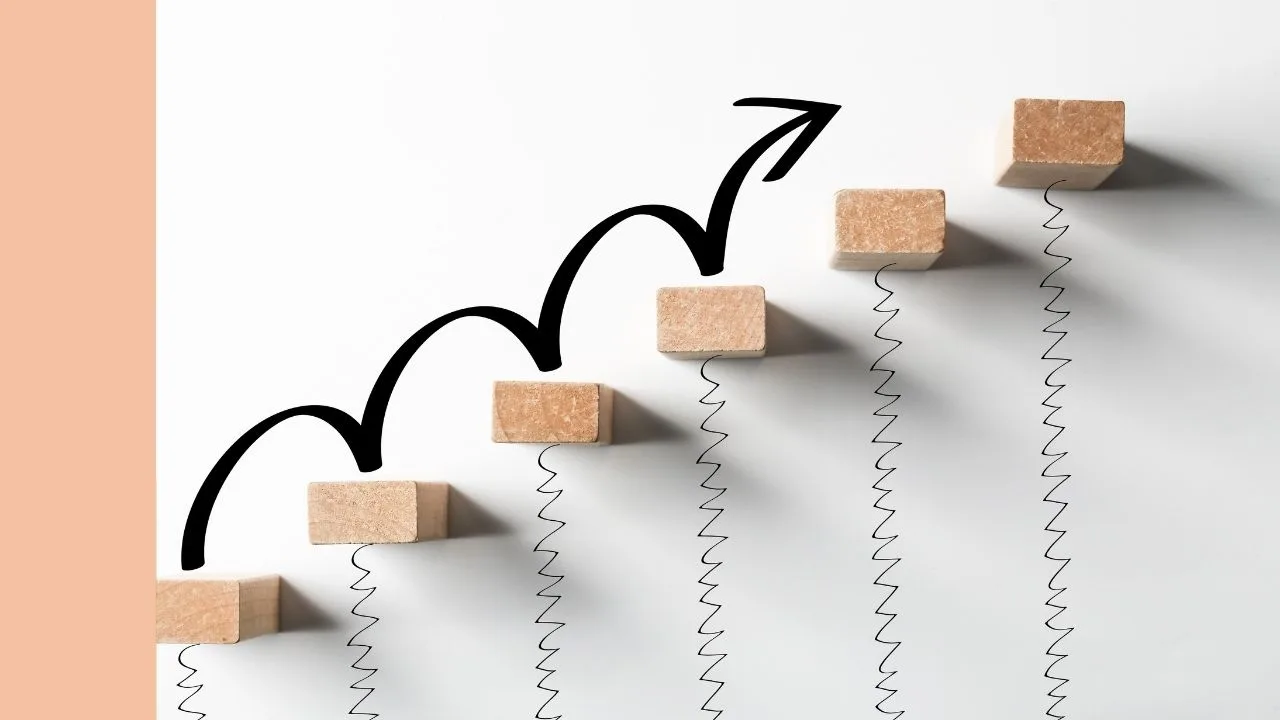Utilities shares are often seen as a ‘port in a storm’, a defensive sector during periods of market stress.
Is this where investors should be looking to take shelter should 2019 present another year of challenging equity markets? We give four reasons why the utility sector’s safety is overrated.
The Wall Street Journal recently noted that “Utilities have long been considered ultra-safe bets”. However, this safety attribute is more perception than reality, underscored by the impending bankruptcy filing of California’s largest utility, PG&E (Pacific Gas & Electric) which a little more than a year ago had a market cap of USD47 billion. Danger lurks in four key places for utilities:
- Exposure to natural disasters
- Changing regulation
- Distributed generation
- Capital structure
1. Natural disasters
Under Californian law, utilities can be held liable if their equipment contributed to a fire, regardless of negligence. Liability for the massive fires in the summer of 2017 have seen PG&E’s equity holders largely wiped out.
Tokyo Electric (Tepco) was placed under state control following the 2011 Tohoku earthquake and tsunami, which caused serious contamination at its nuclear power plant in Fukushima. Four years prior to this event, Tepco was forced to shut a nuclear power plant due to an earthquake. Tepco’s stock price today is roughly 80% below its level of a decade ago.
Each utility operates in different natural environments and under different laws, but investors should not assume these risks are zero.
2. Changing regulation
Utilities are highly regulated businesses. Governments influence pricing, supply and competition. In many countries, governments are attempting to reduce energy consumption, to the detriment of incumbent utilities.
Germany has set itself the ambitious goal of cutting greenhouse gas emissions by 60% by 2030 relative to the 1990 baseline, resulting in a massive reduction in demand for coal fired power generation in favour of renewable energy.
Following the Japanese Fukushima disaster in 2011, the German government pledged to close all of its 22 nuclear power plants by 2022 in a massive shift to renewable energy. The government made the policy change all the more painful for the utilities by imposing on them significant costs for decommissioning the nuclear power plants.
Provisions to date are around €50 billion. The stock prices of Germany’s two largest utilities, RWE and E.ON, are today around 80% below their levels of a decade ago.
Regulation is inherently unstable, and in recent years has become far more so as government energy policy changes with unsettling frequency. It’s hard to find a better example of regulatory uncertainty than Australia.
3. Distributed generation
Many utilities are seeing a portion of their customers – households, commercial buildings and industrial users – create some of their own energy. Customers are in-sourcing power generation. The economics of doing so will improve year-by-year through lower prices for solar panels and battery storage.
Some utilities are responding to this by raising prices or introducing fixed fees to remain connected to the grid. In doing so they are acting like many post offices and Australian health insurers – by increasing prices they only serve to drive more customers away.
4. Capital structure
Utilities, as a rule, compensate for meagre, regulated returns on capital through financial leverage. Leverage brings with it risk. For the 50 largest utilities globally, the average return on invested capital over the last five years was 5.3%. The average net debt to EBITDA for these 50 utilities is 3.6x and exceeds 5x for 15 of them. The average leverage ratio for investment grade non-financials in the S&P500 is 2-2.5x. Most utilities do not have a capital structure consistent with a defensive investment.
What about income?
Utilities are seen as income-generators for investors, but they often disappoint in this regard. Over the last decade, 21 of the top 50 utilities have cut their annual dividend, and 16 of them have cut more than once.
Where else?
Utilities are not the only traditional safe haven under structural pressure. Telecommunication businesses, such as Telstra, are suffering from increasing competition and a shift away from fixed line telephony. Consumer product businesses, such as Proctor & Gamble, Kimberly Clarke and Unilever are suffering from lower barriers to entry and rising competition, including from retailer own-brands.
Where to go for safety?
We seek safety and defensiveness in quality. To us this means businesses earning a high return on invested capital; not subject to government regulation; with conservative capital structure and run by grounded management. Every business we own has these attributes.
We find them in places most investors wouldn’t be looking in when they think about safety – uniform rental (Cintas); contract catering (Compass); life science testing (Waters); IT consulting and outsourcing (Accenture); and credit data (Experian), among others.
This article was written by Stephen Arnold, CFA, founder and Chief Investment Officer of Aoris Investment Management. Click here to download Stephen’s free Owner’s Manual.









